 ホテルソーラーマイクログリッドシステム
ホテルソーラーマイクログリッドシステム
Aug 06, 2024
ホテルソーラーマイクログリッドシステム を組み合わせた統合電源システムです。 太陽光発電, エネルギー貯蔵電池、ソーラーインバータ、負荷、高度な制御技術を利用して、ホテルなどの商業ビルに信頼性が高く環境に優しいエネルギー ソリューションを提供します。このシステムは、さまざまな分散型電源を秩序正しく統合することにより、エネルギーの自給自足を実現し、従来の送電網への依存を大幅に軽減し、ホテルのグリーンイメージと経済的利益を高めます。I. システム構成ホテルの太陽光マイクログリッド システムは主に次のコンポーネントで構成されます。太陽電池アレイ: 太陽電池アレイは、核となる発電ユニットとして、光起電力効果を利用して太陽放射を電気エネルギーに直接変換します。日光を最大限に浴びるように、ホテルの屋上または周囲の空き地に設置されます。エネルギー貯蔵デバイス: バッテリーバンクを含むこれらのデバイスは、太陽電池アレイによって生成された余剰電力を貯蔵し、夜間や雨の日でもホテルへの継続的な電力供給を確保します。ソーラーインバータ: 太陽電池アレイによって生成された直流 (DC) 電力を交流 (AC) に変換し、ホテルの負荷と送電網の電力要件に合わせます。最適化されたインバーター制御戦略により、太陽光発電の効率と安定性が向上します。負荷管理: ホテルの内部電力負荷をリアルタイムで監視してインテリジェントにスケジュール設定し、電力の需要と供給のバランスを確保し、エネルギーの無駄を削減します。制御システム: システムの「頭脳」として機能し、マイクログリッドの動作監視、モード切り替え、エネルギー供給、障害保護を担当します。高度な制御アルゴリズムにより、マイクログリッドのインテリジェントな管理と最適化された運用が可能になります。II.システムの特徴柔軟性: ホテルの太陽光発電マイクログリッド システムは、ホテルの電力需要と実際の条件に応じて柔軟に構成でき、効率的な運用を保証します。信頼性: エネルギー貯蔵デバイスとインテリジェントな制御システムの相乗効果により、システムはあらゆる気象条件や送電網障害下でもホテルへの安定した電力供給を保証します。環境への配慮: クリーンで再生可能なエネルギー源である太陽エネルギーを利用することで、従来の化石燃料への依存を減らし、二酸化炭素排出量を削減し、ホテルのグリーンなイメージを高めます。経済効率: 長期的には、太陽光発電マイクログリッド システムによりホテルの電気代が大幅に削減され、経済的パフォーマンスが向上します。Ⅲ.アプリケーションシナリオ ホテルの太陽光発電マイクログリッド システムは、さまざまな規模のホテル、特に電力供給の安定性と環境への重点要件が高いホテルに適しています。
続きを読む
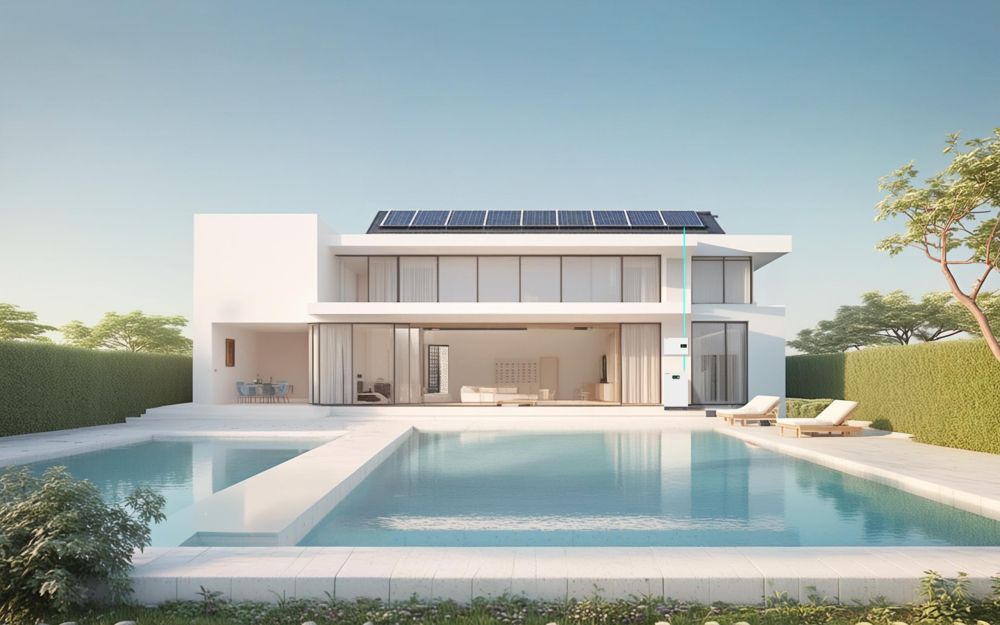 革命的なファミリーヴィラマイクログリッドシステム
革命的なファミリーヴィラマイクログリッドシステム
 学校用太陽光マイクログリッドエネルギー貯蔵システム: 持続可能な未来に向けたグリーン教育の推進
学校用太陽光マイクログリッドエネルギー貯蔵システム: 持続可能な未来に向けたグリーン教育の推進
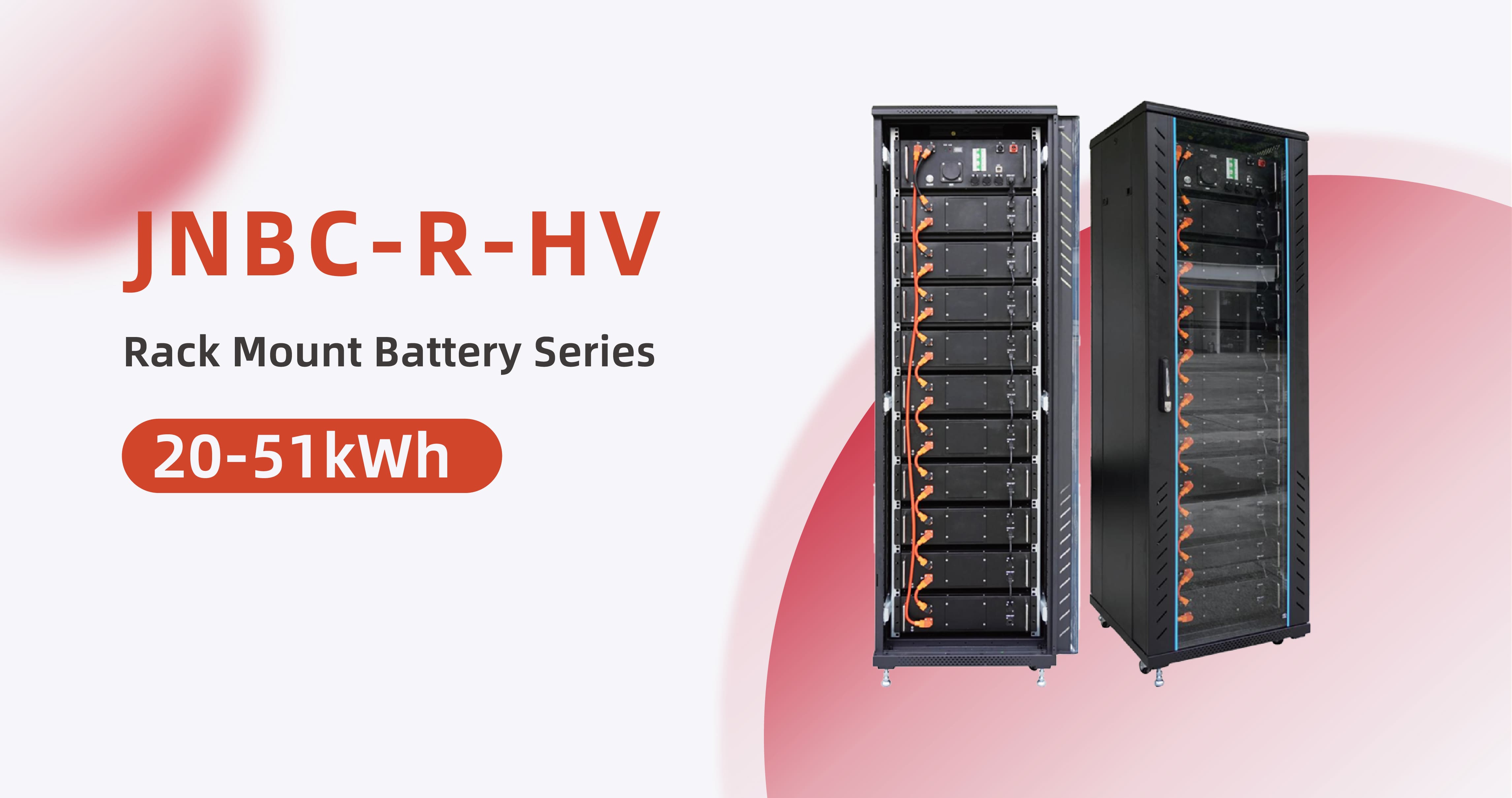 高温注意!産業用および商業用エネルギー貯蔵装置は電力制限に「ノー」と言います。
高温注意!産業用および商業用エネルギー貯蔵装置は電力制限に「ノー」と言います。
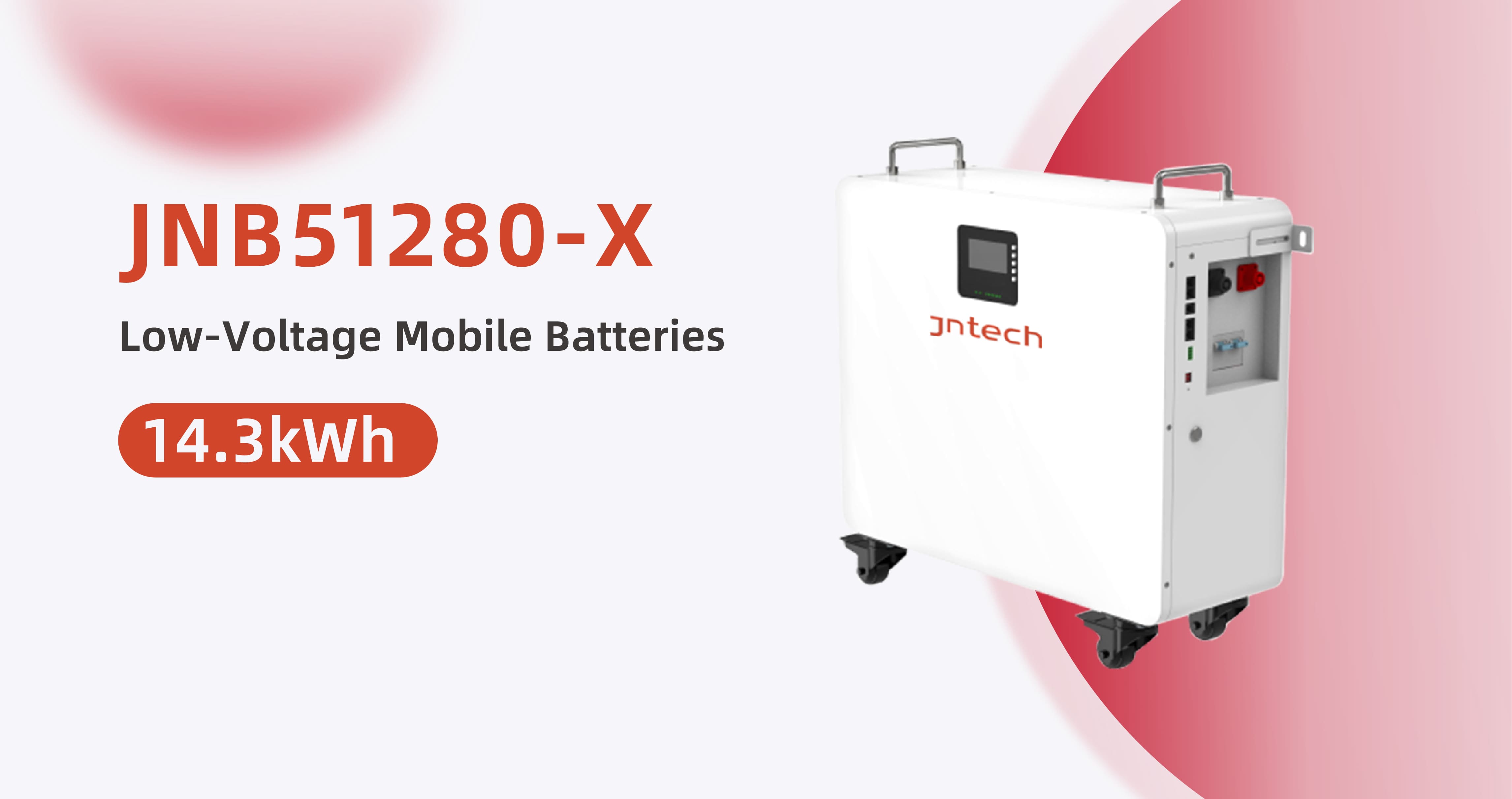 リチウム電池のエネルギー貯蔵は依然として主流です
リチウム電池のエネルギー貯蔵は依然として主流です
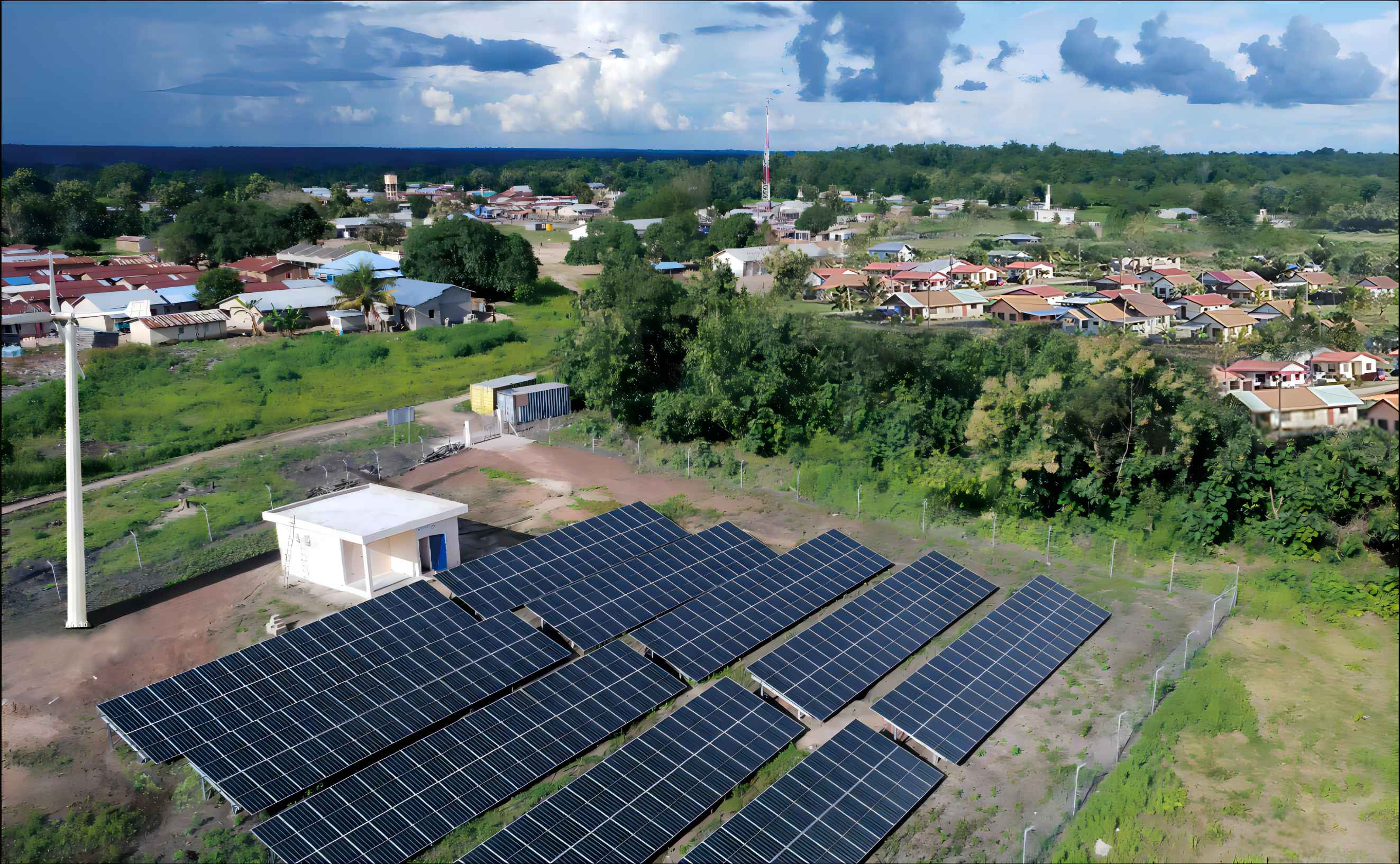 村のマイクログリッドエネルギー貯蔵システム
村のマイクログリッドエネルギー貯蔵システム
 ホテルの太陽光マイクログリッドエネルギー貯蔵システム
ホテルの太陽光マイクログリッドエネルギー貯蔵システム
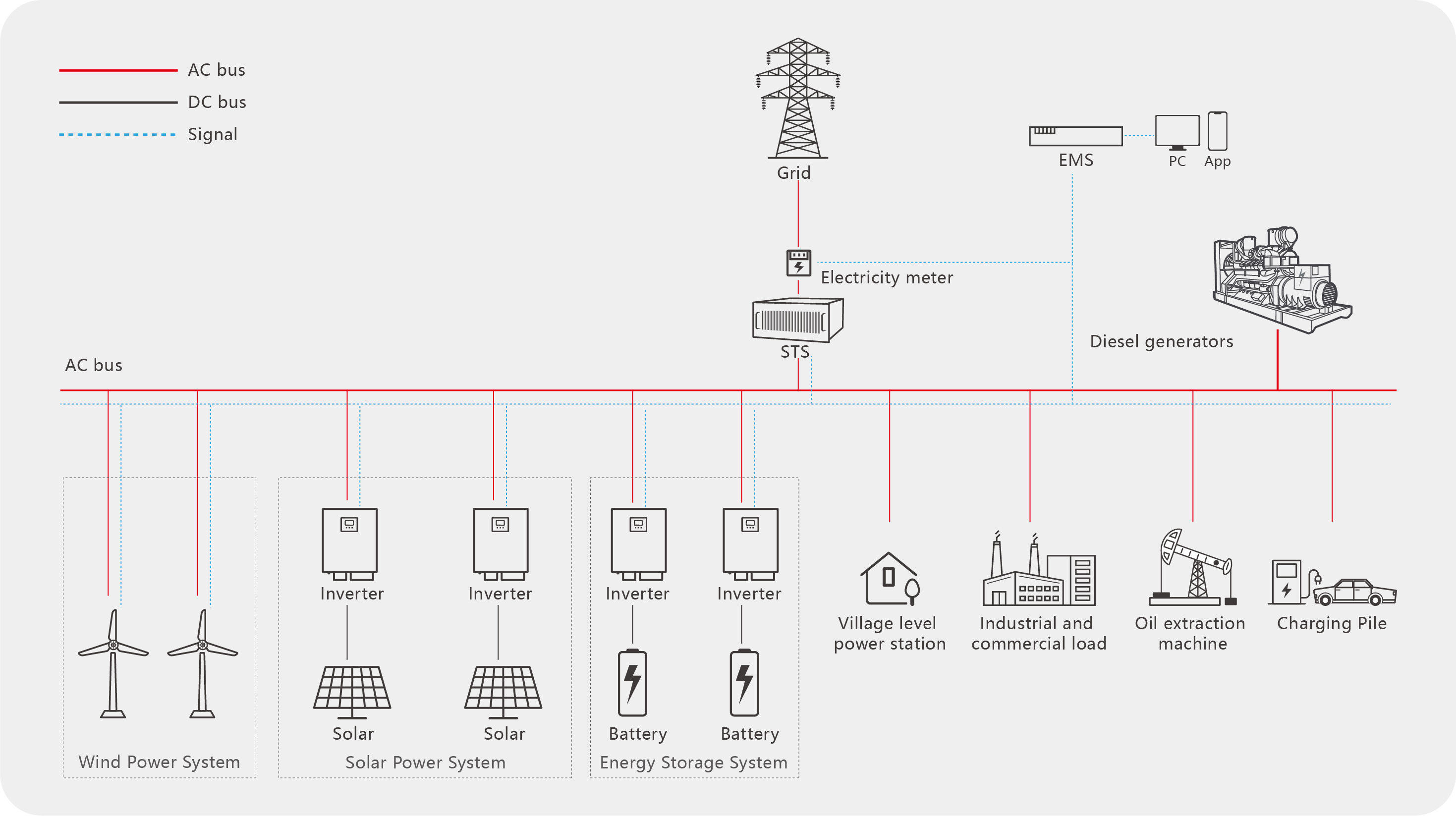 太陽光マイクログリッドシステム
太陽光マイクログリッドシステム
 太陽光発電充電システム
太陽光発電充電システム
 産業用および商業用太陽光発電システム
産業用および商業用太陽光発電システム
 ホテルソーラーマイクログリッドシステム
ホテルソーラーマイクログリッドシステム
 病院用太陽光発電マイクログリッドシステム
病院用太陽光発電マイクログリッドシステム
 バッテリーパック付き太陽光オフグリッド電源システム
バッテリーパック付き太陽光オフグリッド電源システム